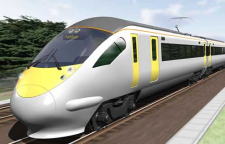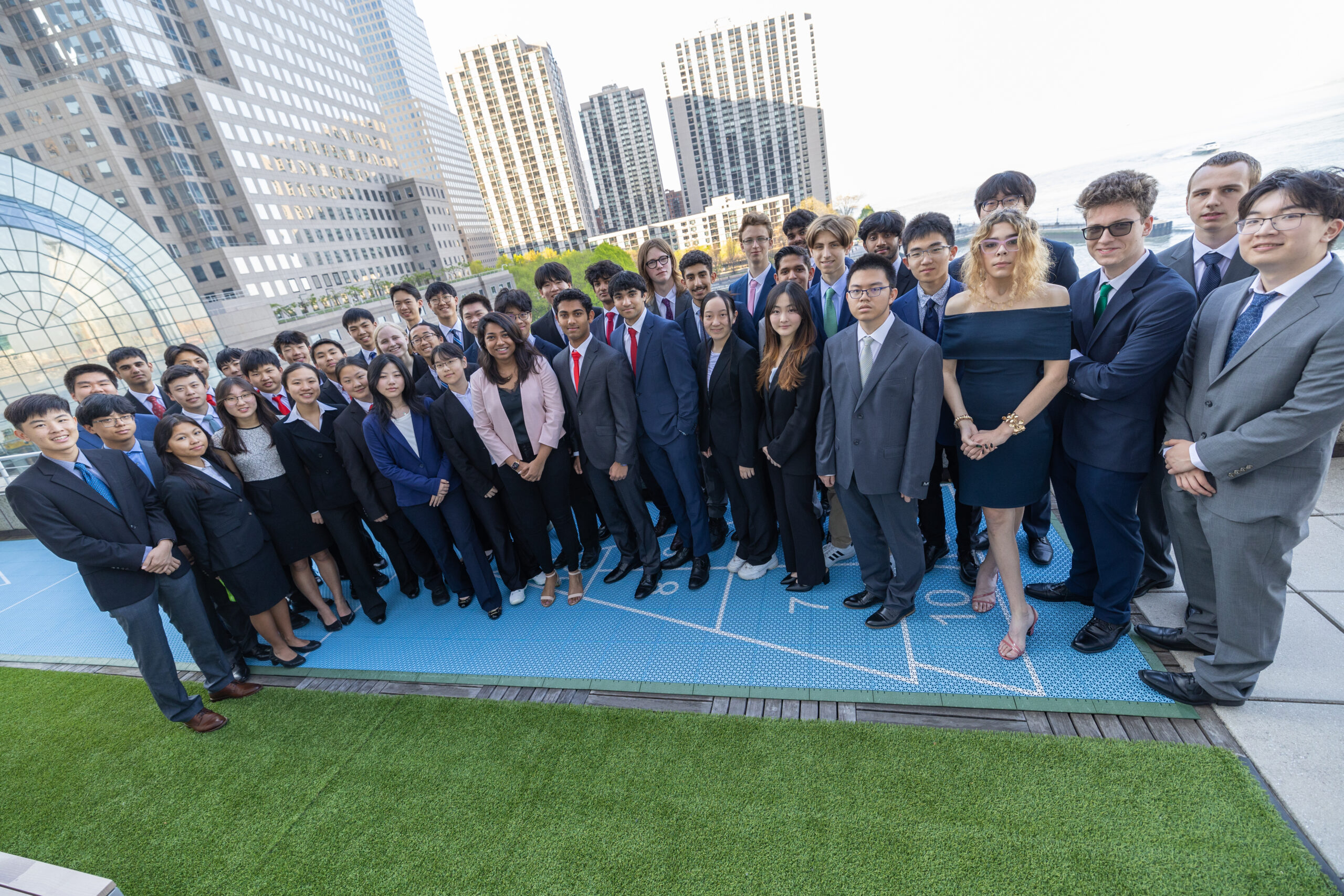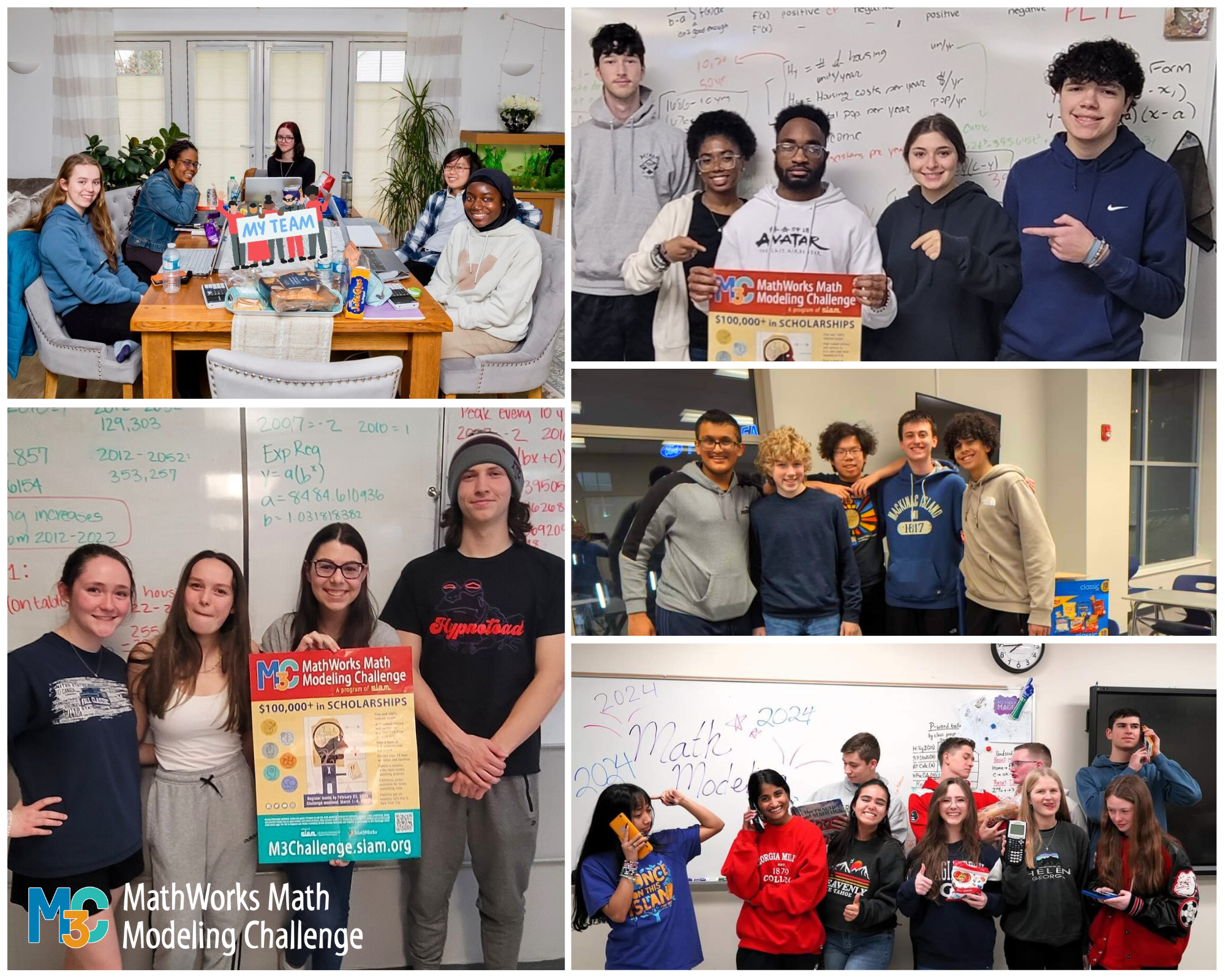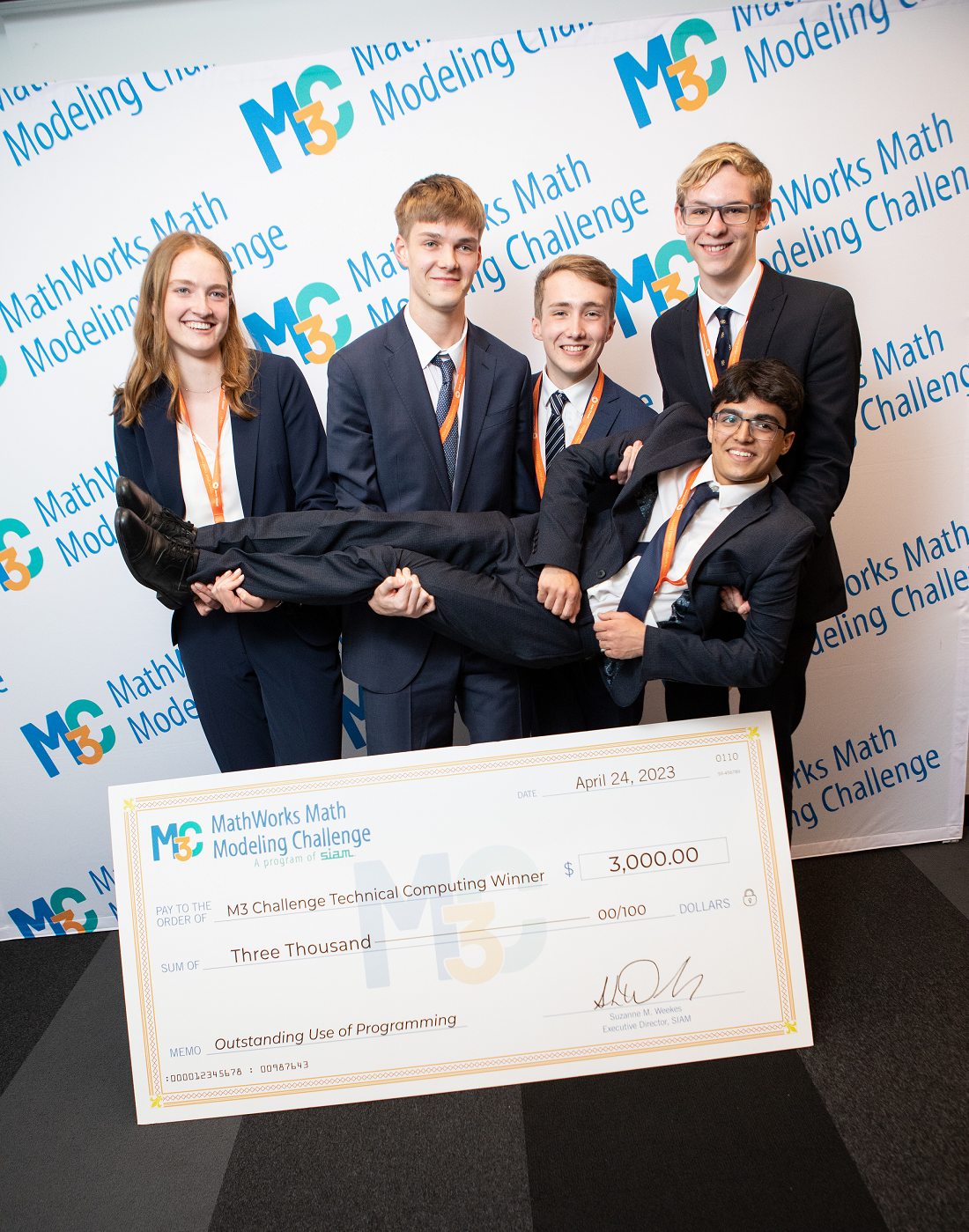-

2017: Year at a Glance
This problem focused on national parks and climate-related issues.
-

2016: Year at a Glance
This problem required teams to use mathematical models to categorize car usage habits of U.S. drivers and evaluate car-sharing business options to suggest an option that would garner the most participation in a given city. Finally, teams were asked to consider emerging technologies like self-driving cars and alternative energy.
-

2015: Year at a Glance
This problem required teams to create mathematical models to quantify and consider the total costs, expected earnings, and lifestyle factors resulting from a college education, comparing the earning potential of various career paths.
-

2014: Year at a Glance
This problem asks teams to determine a student’s caloric requirements based on his or her individual attributes, assess the percentage of U.S. students who meet the definition of an “average” student, and develop a budget-friendly lunch plan to satisfy nutritional standards and students’ palates.
-

2013: Year at a Glance
This problem asked teams to come up with a way to quantify the plastic waste filling our nation’s landfills, and to suggest the best recycling methods for U.S. cities to implement, based on modeling relevant variables. They were then to use that model as a basis for recommending nationwide recycling standards.
-

2012: Year at a Glance
This problem asked teams to salvage the Department of Transportation’s planned High-Speed Intercity Passenger Rail program. Teams recommended the best regions for establishing high speed rail lines, projected cost of implementation, & considered effects on foreign-energy dependence.
-

2011: Year at a Glance
This problem asked teams to use mathematical modeling and analysis to estimate the impact of the twelve-year drought that has affected water resources and power generation in the Southwestern US. The problem called for teams to assess hydrologic implications over the next five years, while factoring in the region’s economic and political make-up.





